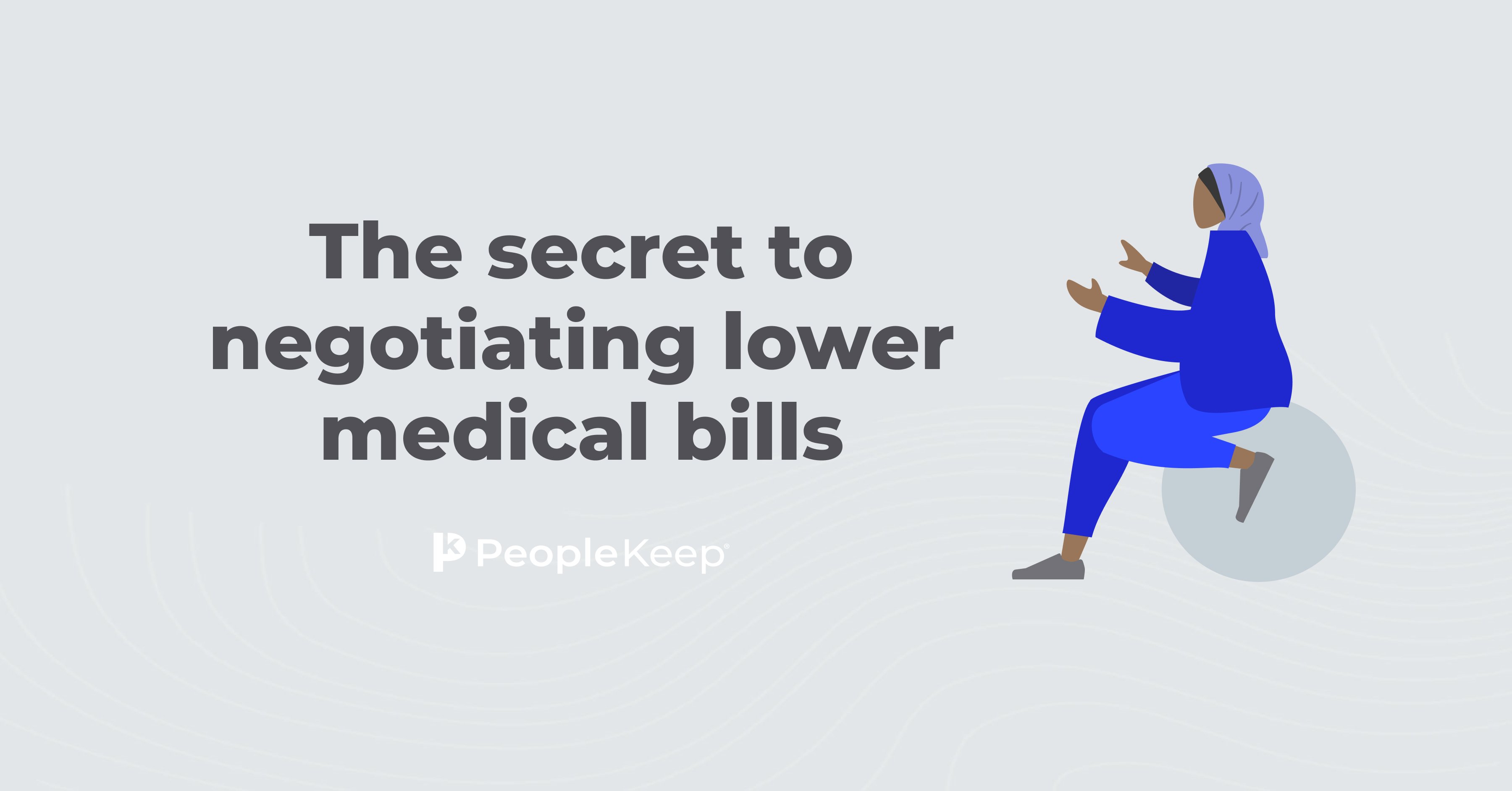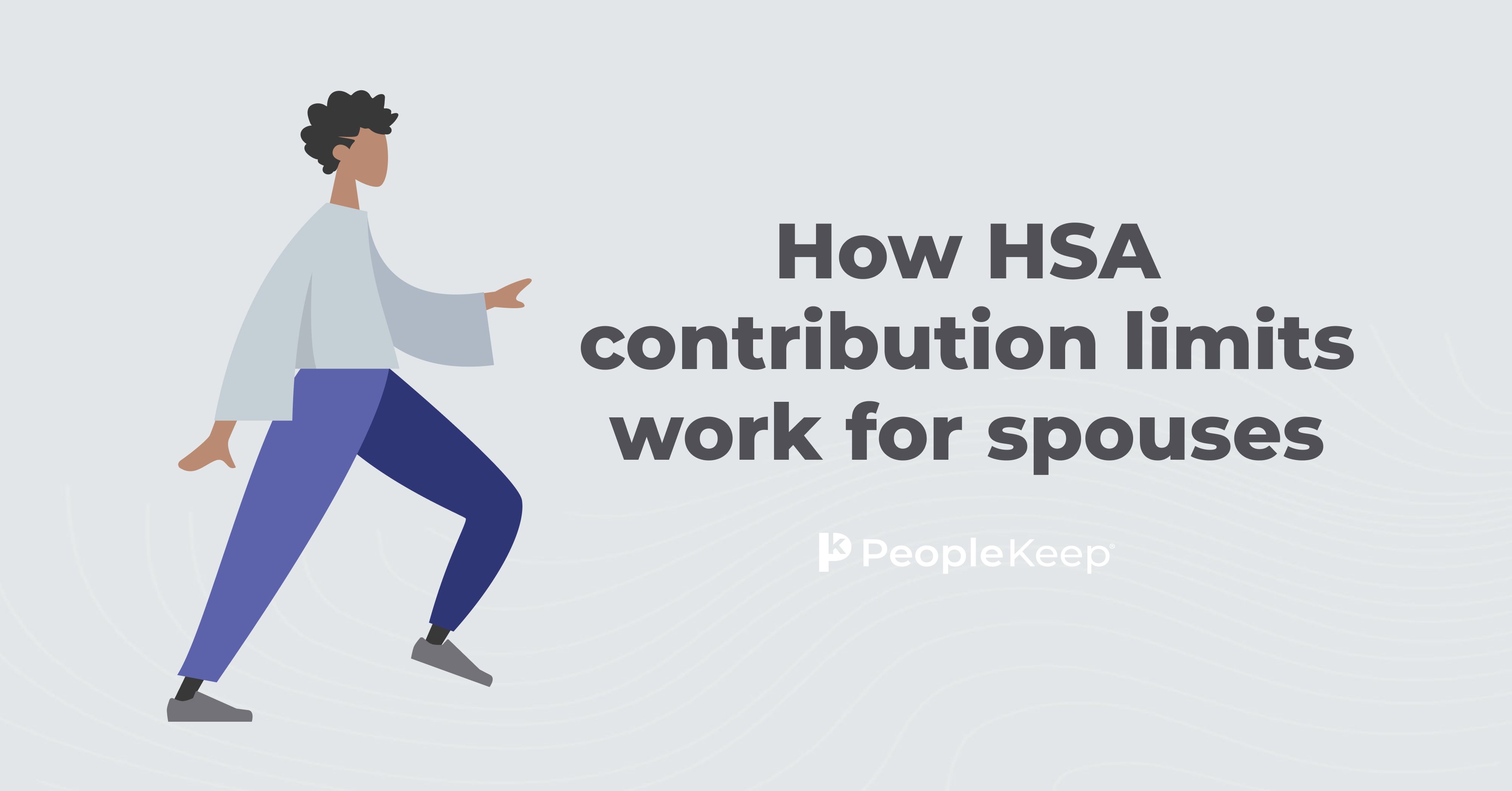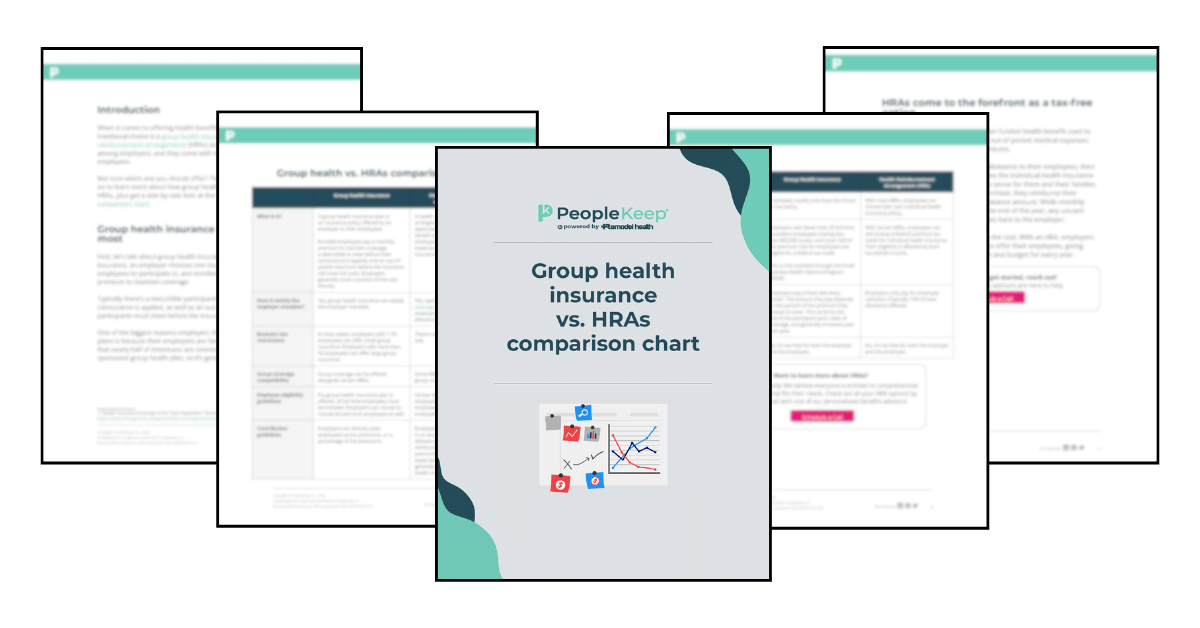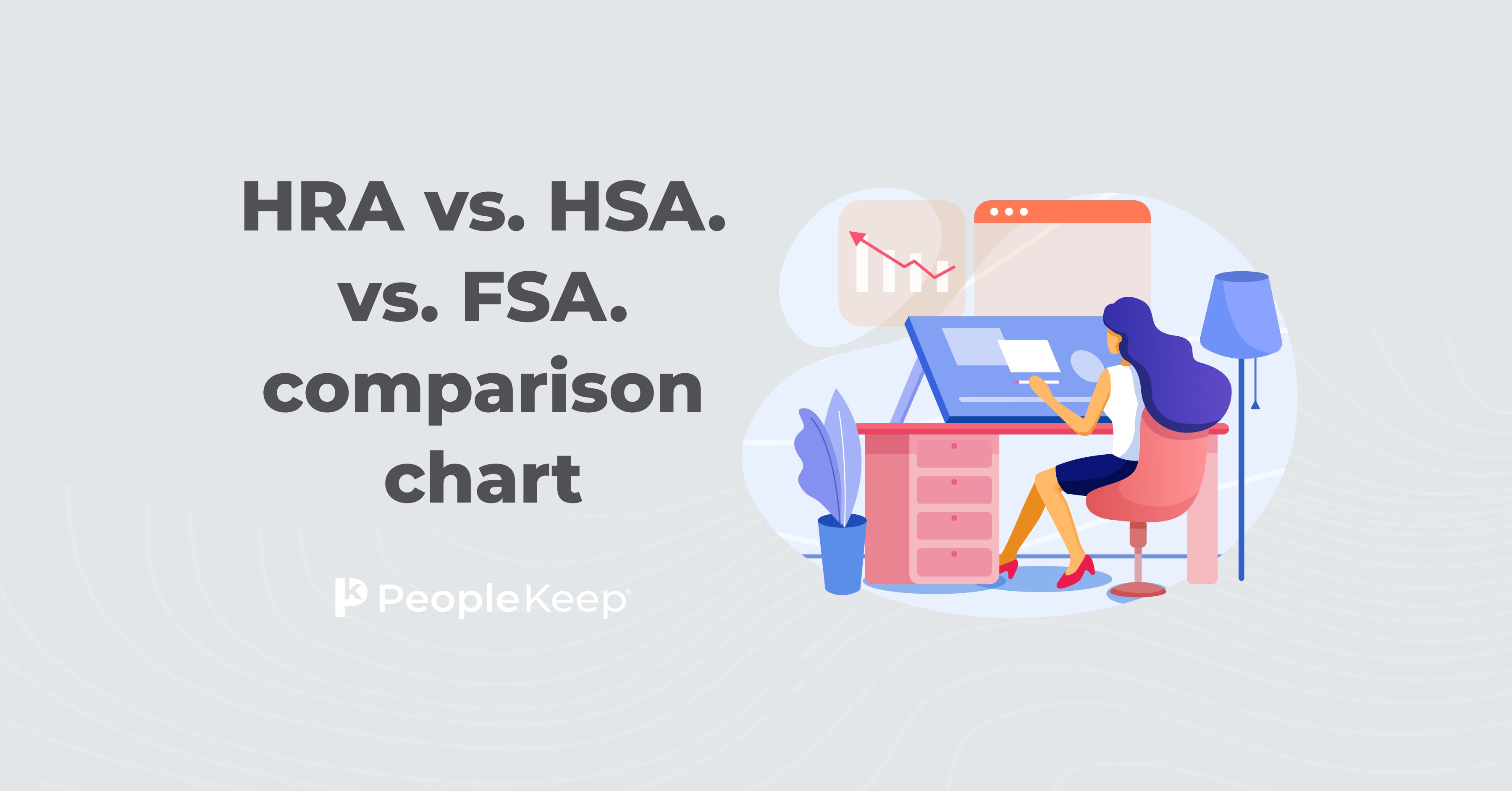
HRA vs. HSA vs. FSA comparison chart
Confused about the differences between an HRA, HSA, and FSA? This comparison chart breaks down the key features of each health benefit option.
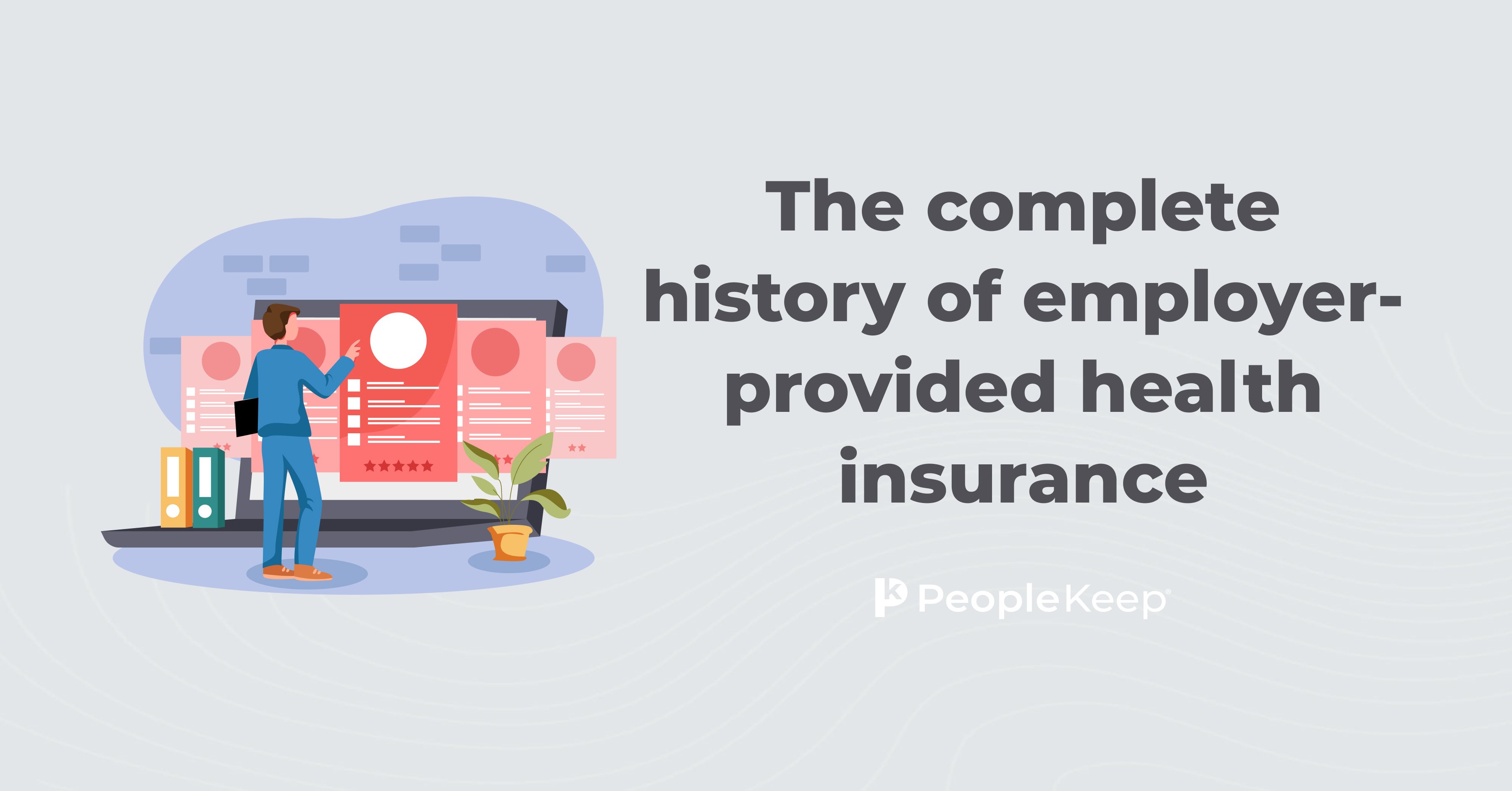
The complete history of employer-provided health insurance
Curious about the origins of employer-provided health insurance? Dive into the complete history of this crucial benefit and discover when it all began.

Why your small business can't afford to ignore ICHRA in 2026
Small businesses can’t afford to ignore ICHRA in 2026. Discover how it offers affordable, flexible health benefits and strengthens your benefits strategy.
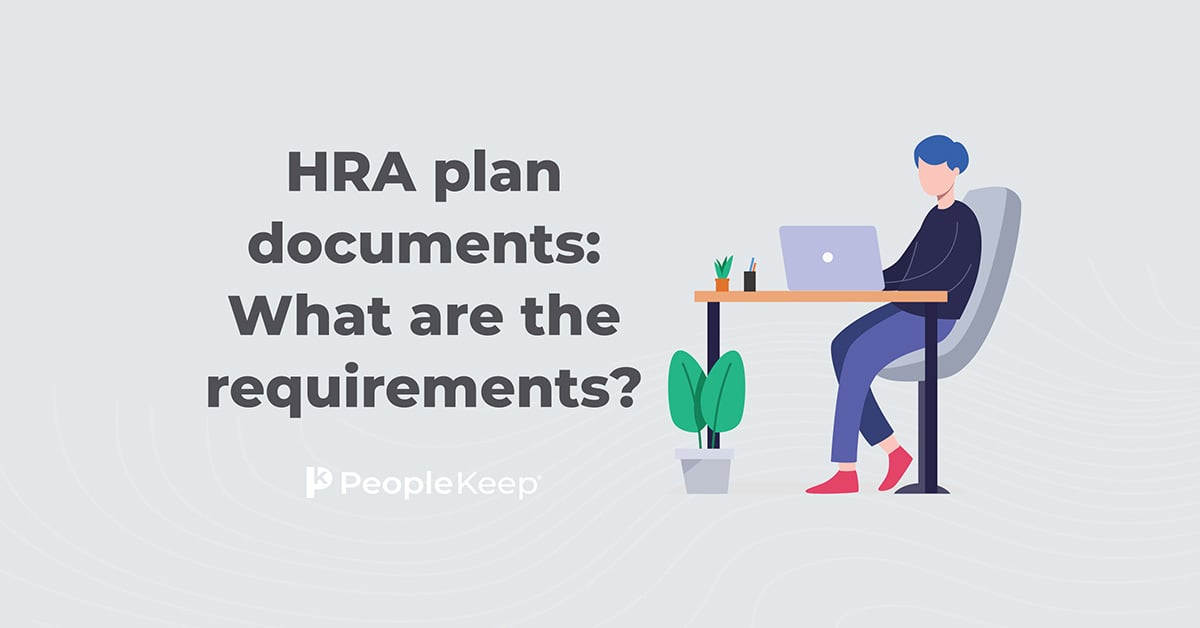
HRA plan documents: What are the requirements?
HRA plan documents are essential for ensuring compliance with regulations. Learn about the requirements and guidelines for effective HRA plan documentation.

What can an HRA reimburse?
Wondering if your HRA can cover specific medical costs? Discover the comprehensive list of eligible expenses that your HRA can reimburse in this article.

Why fewer small businesses are offering group health insurance
Rising insurance costs are pushing small businesses away from group health plans. Explore the reasons and alternative options like ICHRA.

What is the CHOICE Arrangement? ICHRA could become CHOICE
Congress is considering legislation that includes an overhaul and rebranding of the ICHRA into the CHOICE Arrangement.
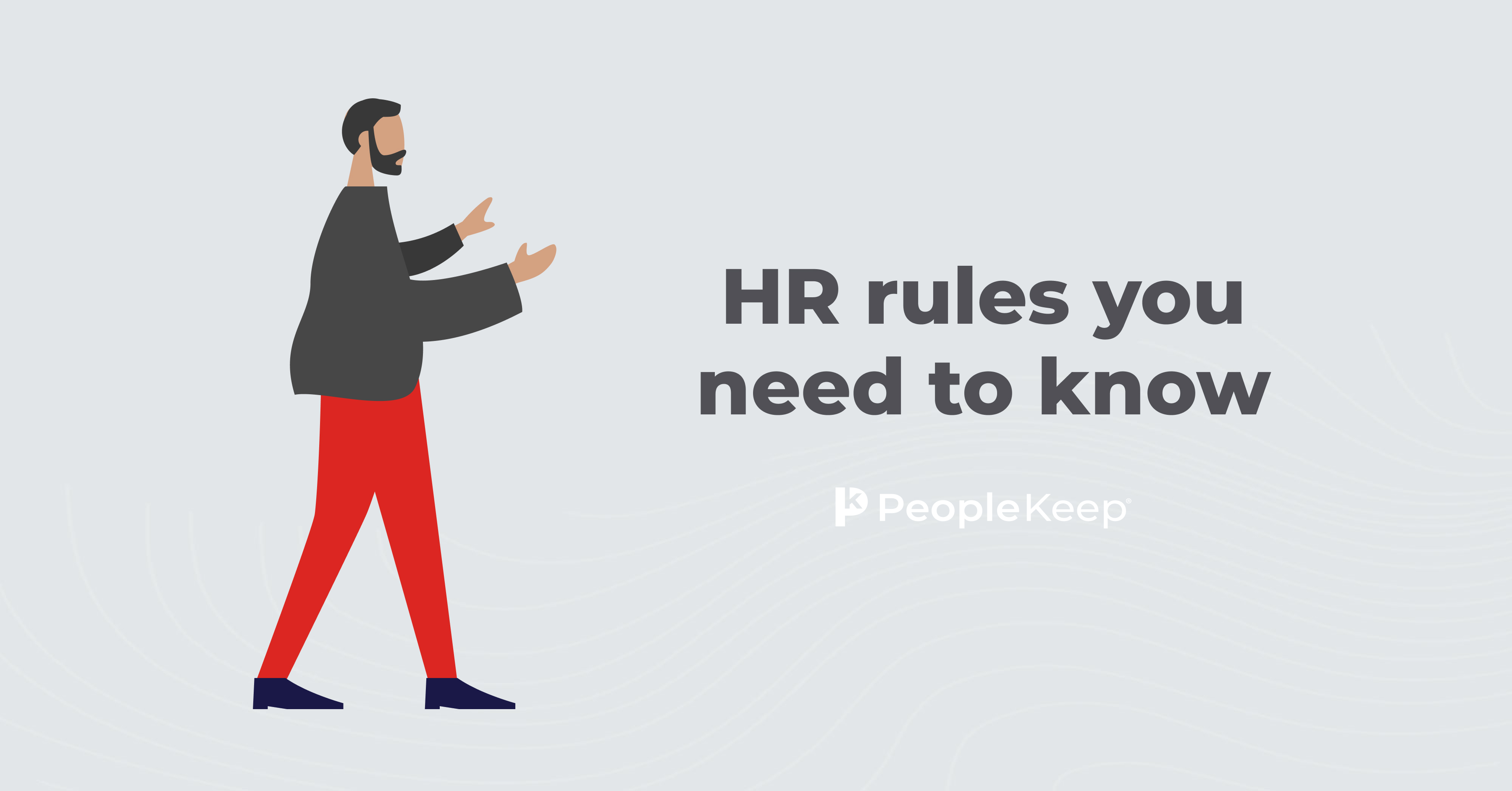
HR rules you need to know
Stay compliant with key human resource laws. This guide outlines essential HR rules every employer should know to manage teams and avoid penalties.

How to switch to your spouse's health insurance policy
Want to switch to your spouse’s health insurance? Learn when you can add a spouse to a policy, qualifying events, and steps to avoid coverage gaps.





